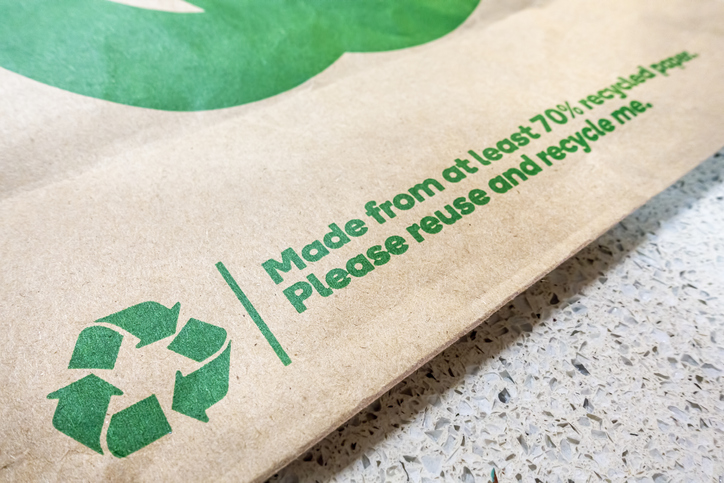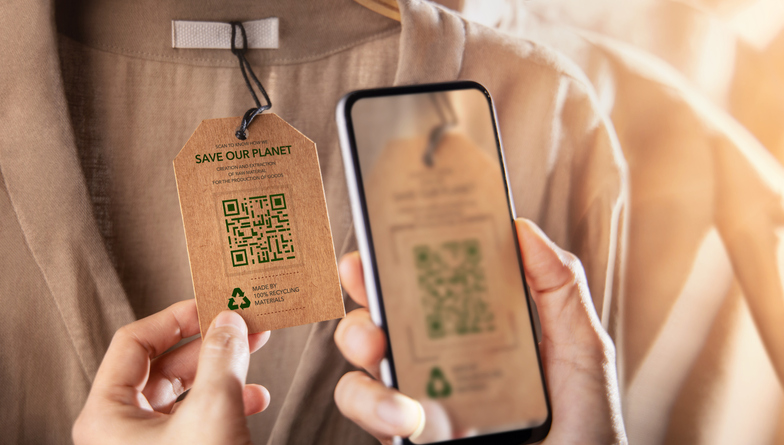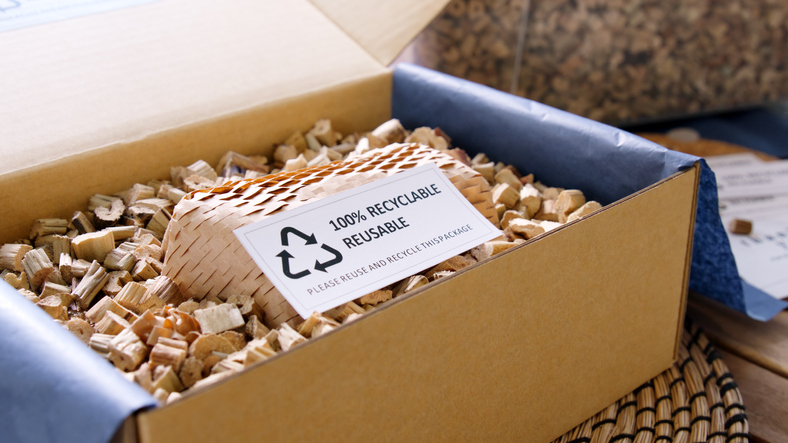Sustainability.
It’s a big word communicating a concept that’s sometimes a bit fuzzy.
Sustainability, derived from the Latin word sustinere, is to maintain, support, uphold, or endure over a long period of time. Originally, sustainability referred primarily to the environment – to using resources wisely so that people in the future could rely on them long term. Today this word involves the balance of environmental, social, and economic factors.
The question every generation must answer is this:
How can we meet the needs of the present without compromising the future?
And – in a society that’s increasingly aware of our need to care for this physical world – how does the print industry answer that question?
How to Highlight Your Commitment to Sustainable Printing
Sustainability is a hot topic in many industries, and professional printing is no exception.
While traditional printing practices have involved resource-intensive processes, our industry becomes more nimble and environmentally conscious each year. Green printing practices reduce waste and conserve resources while simultaneously minimizing carbon emissions.
Want to put some of these options into practice or weave this information into your marketing? Here are four “green” tools at our fingertips and some corresponding statistics you can use to support that ever-important sustainability message.
On-Demand Printing
In contrast to traditional printing – which often requires large print runs and many discarded “extras” – on-demand printing produces only the required quantity of materials. Enhanced technology allows you to precisely quantify the number of pieces needed while conserving materials, energy, and waste (and tell your print buyers about it).
Sustainable Substrates and Recycled Materials
Printing companies are finding new options every year to reduce their environmental footprint, and you can, too.
- Sustainable base materials such as biodegradable or compostable substrates are gaining traction in packaging, large-scale printing, and more.
- Recycled paper is sourced from pre- and post-consumer waste and reduces the demand on trees and forests.
- And carbon-balanced paper, made from sustainably sourced wood fiber, ensures that production does not contribute to deforestation or climate change, and offsets carbon emissions during its production and distribution.

Does your printing company recycle ink cartridges, obsolete equipment, or print materials? What percentage of your printing is done using environmentally friendly materials? Consider sharing these pictures, statistics, or examples to inspire both customers and colleagues.
Soy-Based Inks
While traditional inks contain volatile organic compounds that release harmful fumes into the atmosphere, soy-based inks (made from renewable soybeans) reduce air pollution and are easier to recycle. Share with your print buyers examples, such as more than 90% of the nation’s daily newspapers are now printed with color soy ink? This also works well for label printing, as soy ink allows a reduction in coverage by 85% compared to water-based inks.
Energy-Efficient Printers
Contemporary technology has ushered in many transformative print industry changes, including energy-efficient printers and software solutions that optimize resource use.

Today’s digital, UV, and 3D printers directly transfer images or shapes onto their materials, circumventing the need for intermediary stages, cumbersome drying steps, and the waste that followed each transitional step.
Statistics to Share with Print Buyers Regarding Environmental Impact
Did you know . . .
- Paper is a renewable resource: thanks to all the wood planted for harvesting and reforestation, there are actually 25% more trees on earth today than in 1900.
- Out of the millions of trees used to create paper every year, only 11% are forested trees.
- Nearly two-thirds of wood harvested for paper comes from family-owned farms measuring less than 50 acres.
- For every tree harvested by family-owned farms, three more are planted by the print and paper industries. This practice has increased the size and number of forests in America!
- 70% of today’s ads and direct mail are printed on recycled paper.
- Approximately 76% of U.S. papermakers use recycled materials to produce packaging, tissue, office paper, and newspapers.
- 51.5 million tons of paper was recovered from recycling in 2010 (that’s enough to fill the Empire State Building 124 times!).
- Recycling one ton of paper can save around 17 trees, 682.5 gallons of oil, and 26,500 liters of water.
- An average person wastes 2.4 times more electricity powering a single computer than the energy that is used to produce one year’s worth of paper for individual use.
- UV printers greatly reduce printing turnaround times and use around 20% less ink than conventional printers.
- Soy-based ink spreads about 15 percent further than petroleum ink and produces brighter and more vibrant colors than its counterparts.
- By 2020, 75% of professional printers had achieved environmental accreditations, with 9% working on achieving them.
- As of 2023, 80% of commercial printing businesses have implemented sustainability measures.
- In regard to future sustainability, as of 2023, more than 60% of commercial printers have invested in new technologies such as digital printing, 3D printing, and automation tools to streamline processes and enhance productivity.
Begin with the End in Mind
Commercial printing is a major contributor to vibrant sales and marketing for thousands of industries, and it will always be an important part of the economy.
Trends predict continued growth in digital printing and related services. As this growth occurs, our industry will continue to evolve with impressive technological advancements and changing customer preferences.
Sustainability will be a key factor shaping both the mindset of customers and the future of printing, so be proactive and bold as you employ new technology and communicate the value of green printing to your audience.



